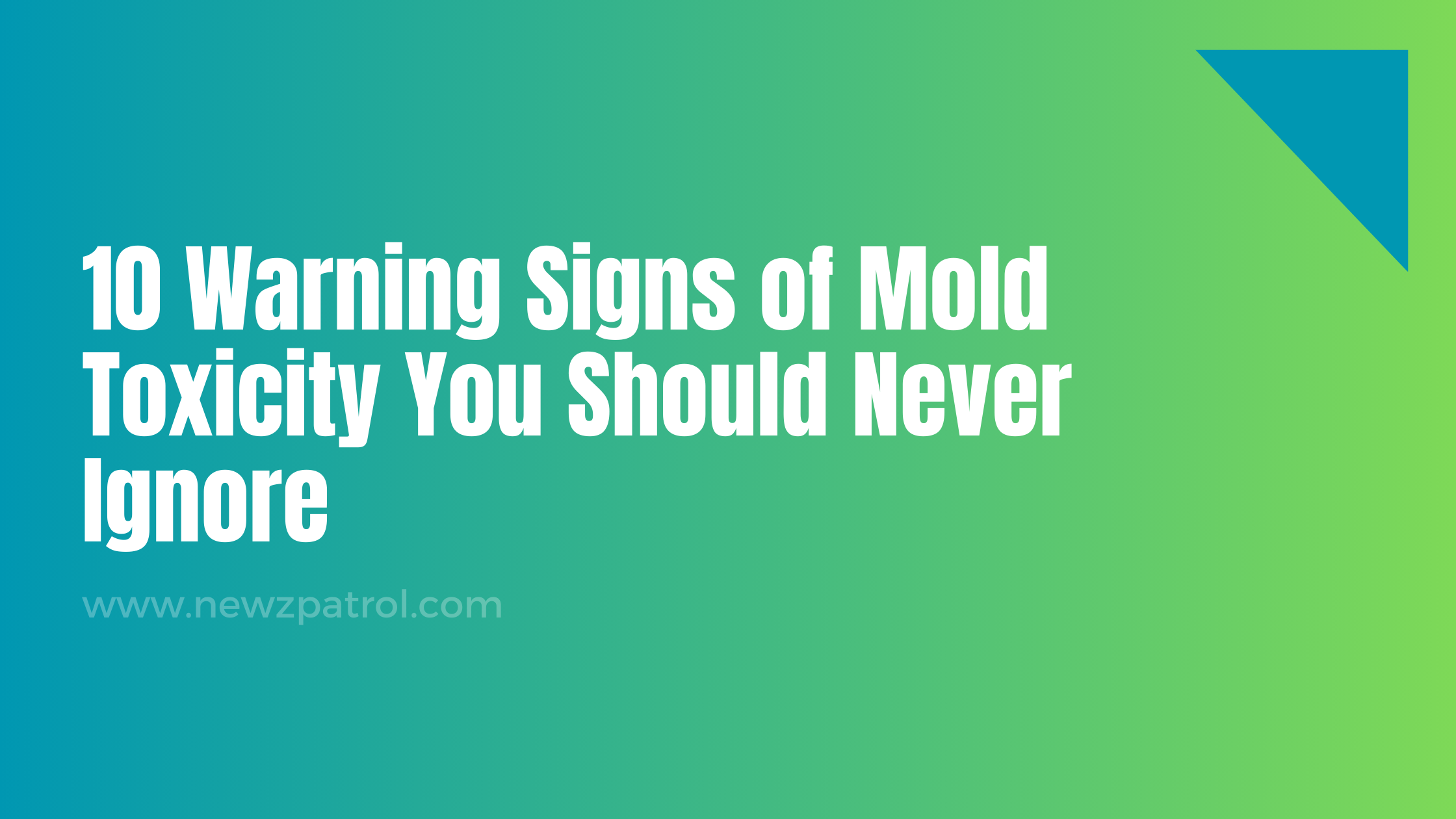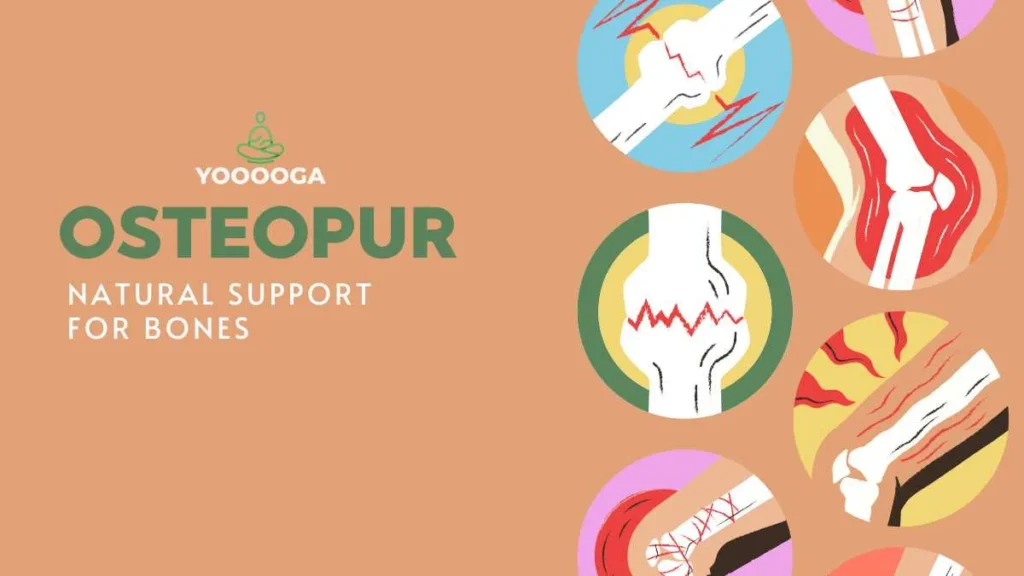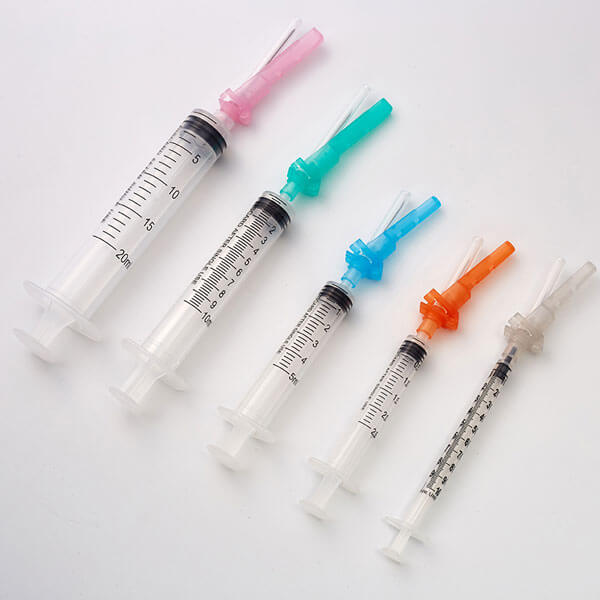Mold is more than just an unsightly growth on walls or ceilings—it can pose serious health risks. Many people live with mold in their homes without realizing the danger it presents. Mold toxicity occurs when exposure to toxic mold spores triggers allergic reactions, respiratory issues, and even long-term health problems. If you have been feeling unwell without an obvious cause, mold exposure could be the reason. In this article, we’ll explore 10 warning signs of mold toxicity, helping you recognize the symptoms and take action before your health suffers.
What Is Mold Toxicity?
Mold toxicity, also known as mycotoxicosis, happens when a person is exposed to mold spores for an extended period. Mold releases mycotoxins, which can harm the respiratory system, immune function, and even mental clarity.
Toxic mold is commonly found in damp, poorly ventilated areas such as basements, bathrooms, and kitchens. While some molds are harmless, others, like black mold (Stachybotrys chartarum), produce dangerous toxins that can lead to severe health problems.
If you experience persistent health issues with no clear cause, mold toxicity might be the hidden culprit. Below are the 10 warning signs of mold toxicity to watch out for.
1. Persistent Sinus Issues and Nasal Congestion
One of the most common symptoms of mold toxicity is chronic sinus problems. Mold spores irritate the nasal passages, causing:
- Stuffy or runny nose
- Frequent sneezing
- Sinus infections that won’t go away
If you constantly feel congested, especially at home, mold exposure could be triggering your symptoms.
2. Chronic Fatigue and Weakness
Feeling tired all the time? Mold exposure can lead to unexplained fatigue and weakness. Mycotoxins can affect your energy levels, making even simple tasks feel exhausting.
This type of fatigue does not improve with rest, and many people mistake it for chronic fatigue syndrome or depression. If you suspect mold toxicity, check your environment for hidden mold growth.
3. Frequent Headaches and Migraines
Mold toxins can trigger severe headaches and migraines by inflaming the sinuses and affecting brain function. Common signs include:
- Throbbing pain in the head
- Sensitivity to light and sound
- Dizziness or nausea
If your headaches worsen when you’re at home or in a specific location, mold exposure could be the cause.
4. Skin Rashes and Itchy Skin
Mold toxins don’t just affect your respiratory system—they can also impact your skin. Direct contact with mold or inhaling mold spores can cause:
- Red, itchy rashes
- Hives or swelling
- Dry, flaky skin
If your skin irritation worsens indoors or after exposure to damp areas, mold toxicity might be triggering your symptoms.
5. Breathing Problems and Asthma Flare-Ups
For people with asthma or respiratory conditions, mold exposure can be particularly dangerous. Mold spores can trigger breathing difficulties, including:
- Shortness of breath
- Tightness in the chest
- Frequent asthma attacks
Even those without asthma may develop respiratory distress if mold exposure continues over time.
6. Brain Fog and Memory Problems
Mold toxicity can affect brain function, leading to cognitive issues such as:
- Forgetfulness and trouble concentrating
- Confusion and mental fatigue
- Difficulty finding words or processing information
This condition, often called “brain fog,” makes daily tasks difficult and can interfere with work and personal life. If you feel mentally sluggish, mold exposure could be a hidden factor.
7. Increased Allergies and Sensitivities
Mold exposure can cause or worsen allergic reactions, leading to symptoms such as:
- Watery, itchy eyes
- Sneezing and coughing
- Throat irritation
If your allergy symptoms persist year-round—especially indoors—mold toxicity may be the cause.
8. Digestive Issues and Nausea
Surprisingly, mold toxicity can also affect your digestive system. Some people experience:
- Nausea and vomiting
- Diarrhea or stomach cramps
- Loss of appetite
If you have ongoing gut problems with no clear cause, it’s worth checking your home for mold contamination.
9. Mood Changes, Anxiety, and Depression
Mycotoxins from mold can disrupt brain chemistry, leading to:
- Irritability and mood swings
- Increased anxiety or panic attacks
- Depressive symptoms
If you’ve noticed sudden changes in your mood, consider whether mold exposure could be affecting your mental health.
10. Unexplained Muscle and Joint Pain
Chronic exposure to mold toxins can lead to body-wide inflammation, resulting in:
- Aches and pains in muscles and joints
- Stiffness, especially in the morning
- Symptoms similar to fibromyalgia
If you wake up feeling sore without any physical exertion, mold toxicity could be a hidden trigger.
How to Test for Mold in Your Home
If you suspect mold exposure, take these steps to check for mold in your home:
- Look for visible mold growth – Check damp areas, ceilings, and walls for black, green, or white mold spots.
- Smell for musty odors – A strong, damp smell is a sign of hidden mold.
- Use a mold test kit – Home test kits can detect mold spores in the air.
- Call a professional – A mold inspection expert can identify hidden mold in walls, HVAC systems, and other areas.
How to Remove Mold and Protect Your Health
If you have mold in your home, take action immediately:
- Fix leaks and moisture issues – Mold thrives in damp areas, so address leaks and ventilation problems.
- Use a dehumidifier – Keep indoor humidity below 50% to prevent mold growth.
- Clean mold with natural solutions – Use white vinegar, baking soda, or hydrogen peroxide to remove mold safely.
- Call a mold remediation specialist – For severe infestations, professional removal is necessary.
Final Thoughts
Mold toxicity is a serious health concern that often goes unnoticed. If you experience persistent symptoms like fatigue, headaches, respiratory issues, or brain fog, mold exposure could be the cause.
By recognizing the 10 warning signs of mold toxicity, testing your environment, and taking steps to remove mold, you can protect yourself and your loved ones from its harmful effects.











